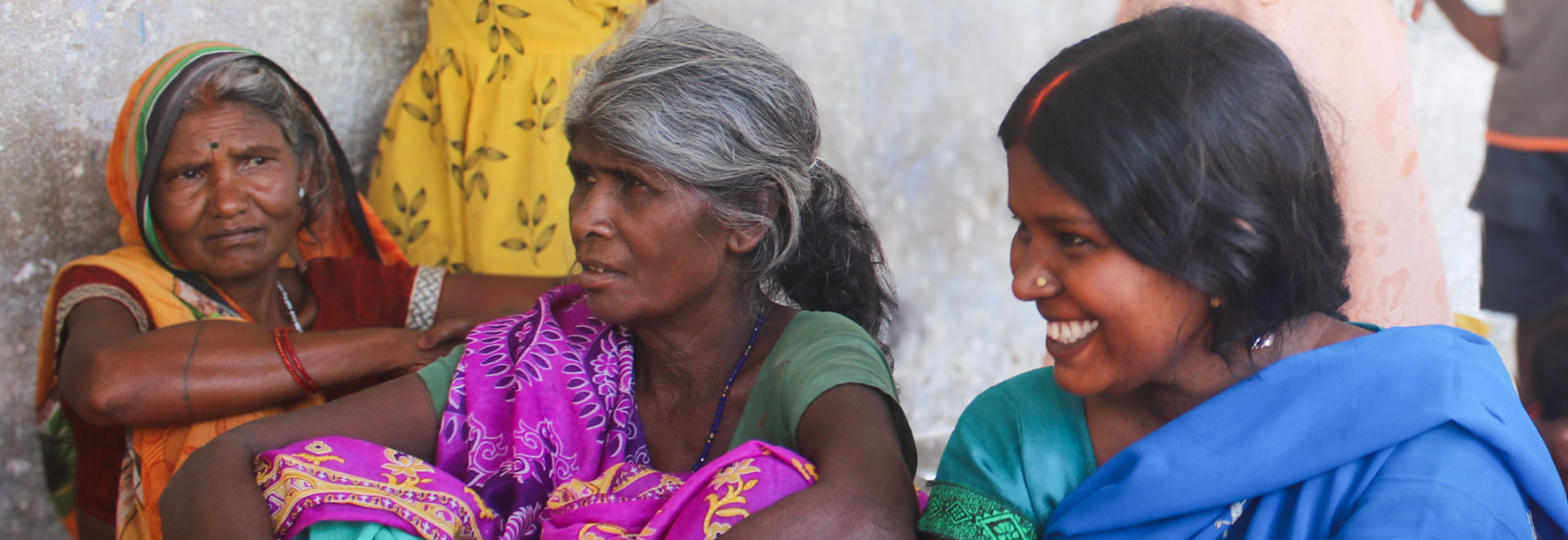Agroecology as a Path to Sustainable Growth in India and Nepal
Eastern Nepal and Bihar, India, are among the world's most vulnerable regions to climate change and food insecurity. Most of the population in both areas relies on smallholder farming to survive, but erratic weather patterns severely threaten their livelihoods. Yet, success stories of farmers using agroecology in rural Bihar are inspiring key stakeholders from Nepal to scale and adapt natural farming methods to their region. Here's how.
Eastern Nepal and Bihar, India: two regions facing similar challenges
Eastern Nepal and the state of Bihar, India face a fair share of challenges. Both countries are among the most vulnerable to the effects of climate change and experience increasingly unpredictable weather. Irregular rainfall, prolonged droughts and floods disrupt planting and harvesting cycles, reducing crop yields and threatening food security. Intensive farming practices and over-reliance on chemical fertilizers have also degraded the soil, impacting agricultural productivity and making it harder for farmers to sustain their livelihoods.
In Nepal, about 80% of the population lives in rural areas, and most depend on smallholder farming to survive. The situation is similar in Bihar, one of India’s poorest states, with 80% of the population relying on agriculture. This reliance makes rural communities particularly susceptible to the effects of climate change.
And often, it’s women farmers who suffer the most, disproportionately affected by these challenges. They have less access to resources, training, and decision-making power. Socio-cultural norms can also limit their participation in agricultural activities and community leadership.
Given this context, it’s crucial to co-create solutions and policies with the communities most affected, understanding what works for them, and adapting these solutions to different contexts through experimentation. Real change happens when academia, governments, farmers, and local organizations join forces to scale solutions like agroecology. This kind of collaboration can create widespread, multi-level change that leverages farmers’ knowledge and skills and considers their aspirations for their families and children’s futures.
A powerful example of such collaboration happened during a recent learning exchange visit to Bihar in India, marking a significant stride in our mission to support rural communities through agroecology in South Asia.
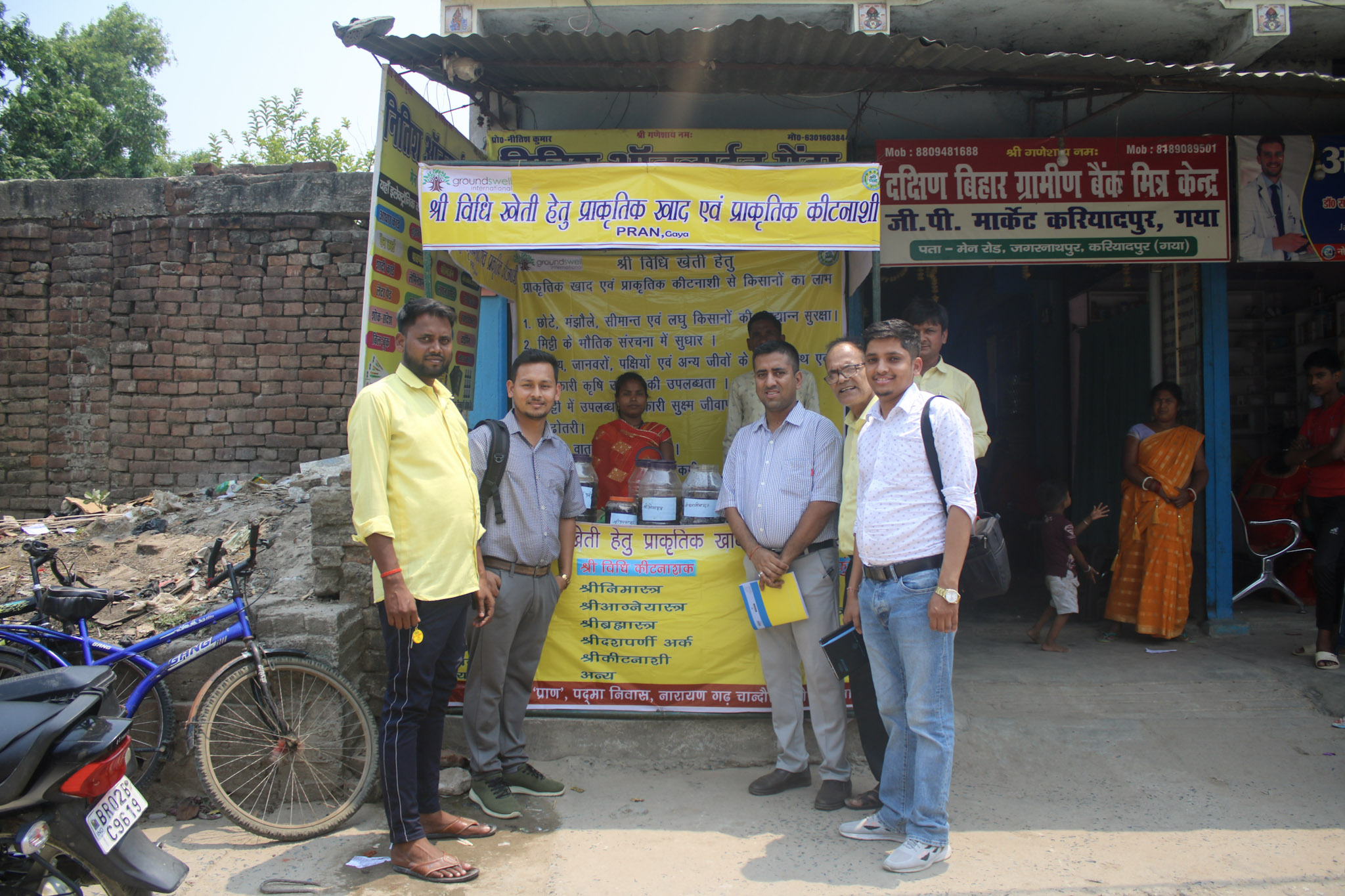
In June, we visited eight villages in rural Bihar, bringing together key stakeholders from Nepal and India who are advancing agroecology in the region. Participants included Mr. Subodh Khanala from Tribhuvan University (Head of the Department of Agriculture & Animal Science in Nepal) and campus chief of the Nepalese Gauradaha Agriculture Campus, Mr. Shiva Neupane, Agriculture Extension Officer of the Gauradaha Municipality, and Navaraj Upadhyay, our South Asia Regional Coordinator. They met with our local partner PRAN to observe and discuss the impact of agroecological innovations and solutions developed with Indian farmers, primarily women’s groups, and to adapt these learnings to the local context in Nepal.
Here’s what we learned.
Agroecology in India: natural farming to boost incomes and build crop resilience
During our visit, we met with farmers in Bihar using low-tech, natural farming methods like Bijamrit (a biological seed treatment) and SRI (System of Root Intensification) to achieve impressive results without harmful chemicals. These techniques boost yields while regenerating the land and making crops more resilient to erratic rainfall patterns, showcasing promising alternatives to chemical-based agriculture.
Let’s take a closer look at these two natural farming methods:
1. SRI (System of Root Intensification): “producing more with less“
Traditional rice cultivation often involves flooding paddies with water. SRI, however, flips this script. Here’s how it works:
- Less water, more oxygen: SRI uses less water by keeping the soil moist but not flooded. This increases oxygen circulation to the roots, promoting healthier plant growth.
- Stronger root system: SRI encourages wider spacing between plants, allowing each plant to develop a more robust root system and produce more grains.
- Enhanced soil fertility: SRI emphasizes the importance of organic matter in the soil. Farmers often use compost or other organic amendments to improve rice plants’ soil fertility and nutrient availability.
Watch this video to understand better the System of Root Intensification technique:
2. Biological Seed Treatment
This method involves coating seeds with beneficial microorganisms before planting. These microbes form a symbiotic relationship with plants, offering several advantages:
- Enhanced germination and growth: Locally made bio-inoculants like bijamrit contain beneficial microbes that help break down nutrients in the soil, leading to improved germination rates and stronger seedling growth.
- Increased disease resistance: Some beneficial microbes and fungi like Trichoderma can act as natural shields, protecting plants from harmful pathogens in the soil.
- Improved soil health: These microbes contribute to a healthier soil ecosystem over time, promoting overall plant health and resilience.
Farmers achieve better yields by combining SRI practices with biological seed treatments, maximizing the impact of each technique. This approach offers a promising path for sustainable and productive rice cultivation in India and beyond, increasing farmers’ income and well-being.
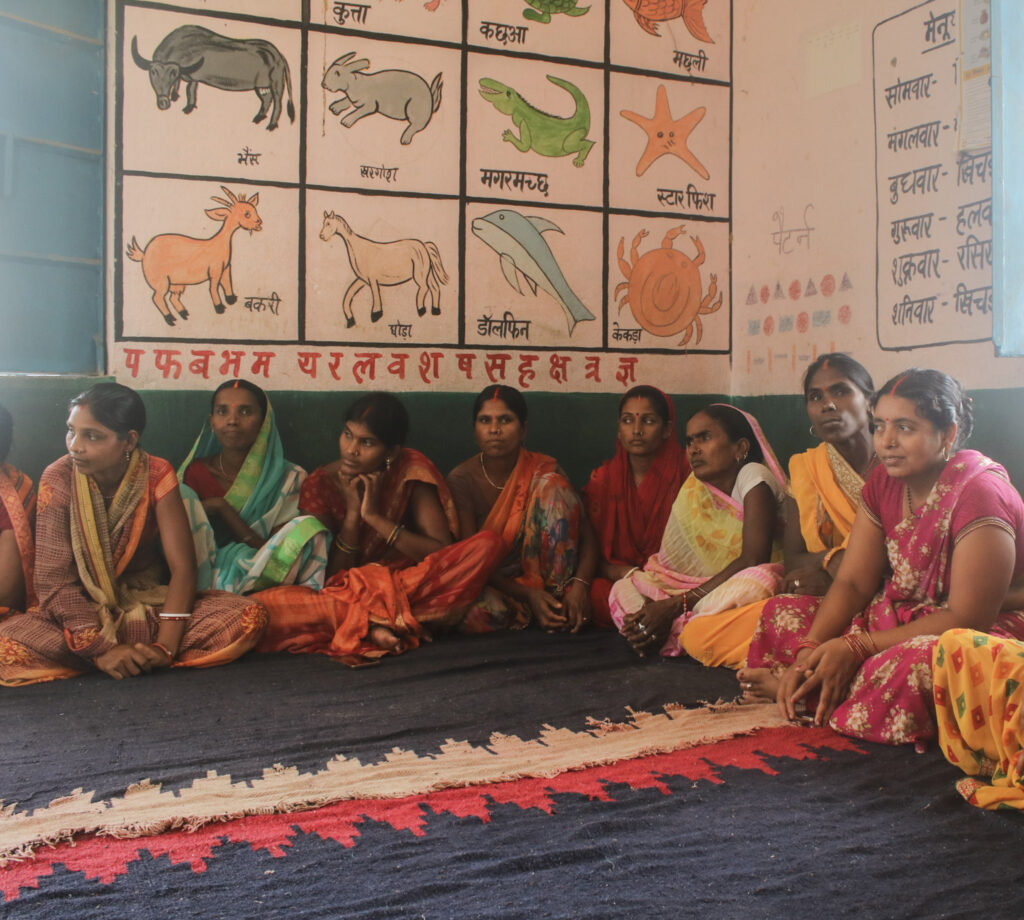
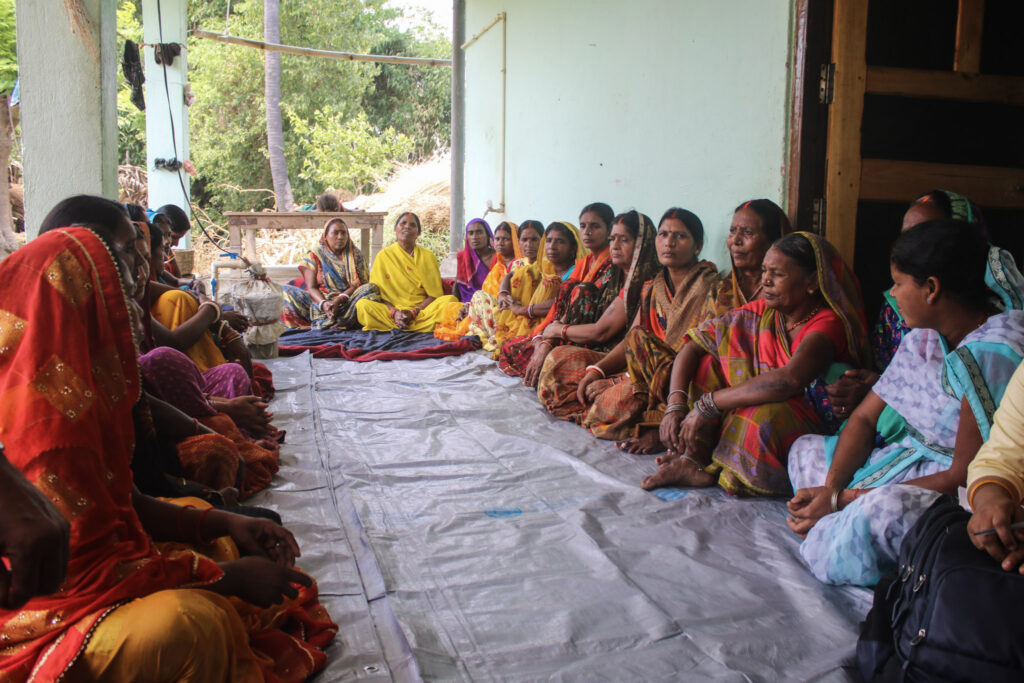
Exchanging learnings across borders: ground-up innovation for lasting change

Bihar, home to over 100 million people, is one of India’s poorest states. Fluctuations in crop productivity pose a severe threat to economic stability, leading to food shortages and job losses. This instability often hits women the hardest, exacerbating daily challenges.
But PRAN’s work in the field, supported by Groundswell International and championed by local farmers, has enabled many positive outcomes for rural communities in Bihar:
- Scaling agroecology in India and spreading real solutions: Farmers increasingly adopt natural farming methods after seeing other communities achieve higher yields. PRAN organizes exchange visits, allowing farmers to learn and adopt new techniques. Successful integration of natural farming with SRI methods “has increased crop yields even after just one year of implementation”, states Navaraj, Groundswell’s Regional Coordinator. This method is now being scaled across the region to benefit more communities.
- Empowering women and promoting gender equity: Women’s groups play a significant role in promoting natural farming in the region. PRAN helps women create solidarity groups so they can learn new farming techniques
,and make critical decisions together. PRAN also promotes gender-friendly farming tools, such as the Mandwa weeder, making agricultural tasks less physically demanding and enabling increased participation of women in the farm sector in India.
- Higher incomes for marginalized farmers: PRAN is supporting marginalized communities with cultivating high-profit crops like mushrooms. Mushrooms are an excellent way to raise the income of smallholder farmers with limited land, as they can be cultivated in small spaces such as home gardens.
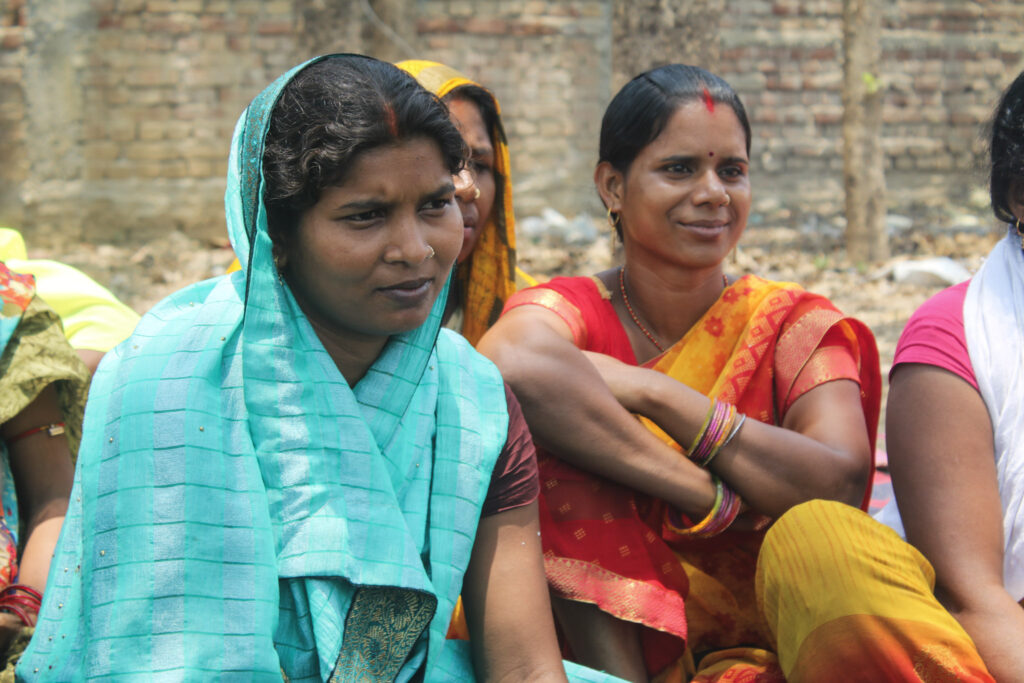
Putting knowledge into action
Inspired by the success stories and lessons from Bihar, Nepalese academics and policymakers have collaborated to apply these insights and prepare Nepal to face similar challenges.
- Integrate agroecology into national research programs: The Tribhuvan University is launching a research program in Nepal to test and refine organic farming techniques, paving the way for innovative, bottom-up and sustainable solutions in the region.
- Enact government support: Local municipalities are including agroecology principles in their policy plans for farmers. Inspired by the visit, Nepalese policy makers have organized training sessions on natural farming and allocated a dedicated budget to promote it. This creates a supportive environment for farmers and allocates resources to help them succeed.
- Spread knowledge across regions: We’re working with universities to create a robust framework for agroecology education and outreach programs in Nepal and India, including developing a curriculum for postgraduate university students.
Overall, the visit established a strong foundation for collaboration between the Tribhuvan University, PRAN, Groundswell, and local government to advance the adoption of sustainable and profitable natural farming practices in the region. By working together – farmers, universities, governments, and organizations – we can achieve widespread impact and create a robust framework for sustainable agricultural development in South Asia and beyond.
About PRAN
Preservation and Proliferation of Rural Resources and Nature (PRAN) is a rural development organization working in India on the socioeconomic development of disenfranchised communities such as Scheduled Castes (SCs), Scheduled Tribes (STs), and women. Their goal is to improve the health, sanitation, and development of children and women by ensuring they integrate a gender lens into all aspects of their work.
Learn More: https://ngopran.org/

